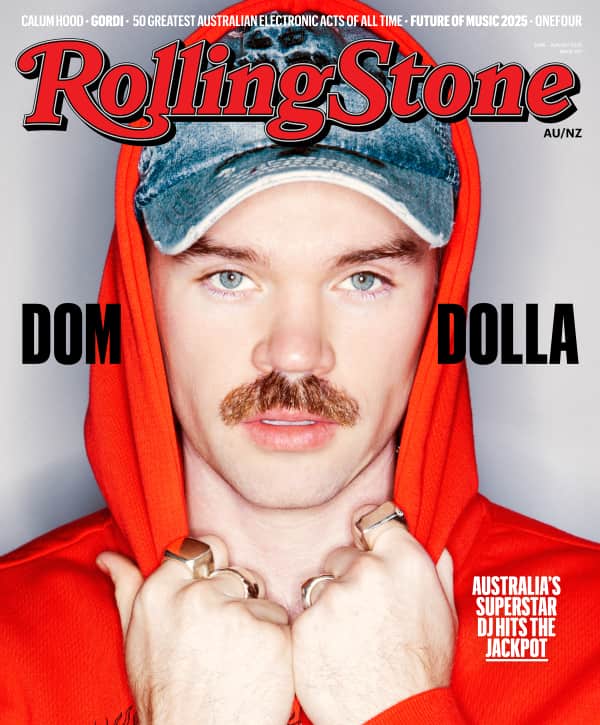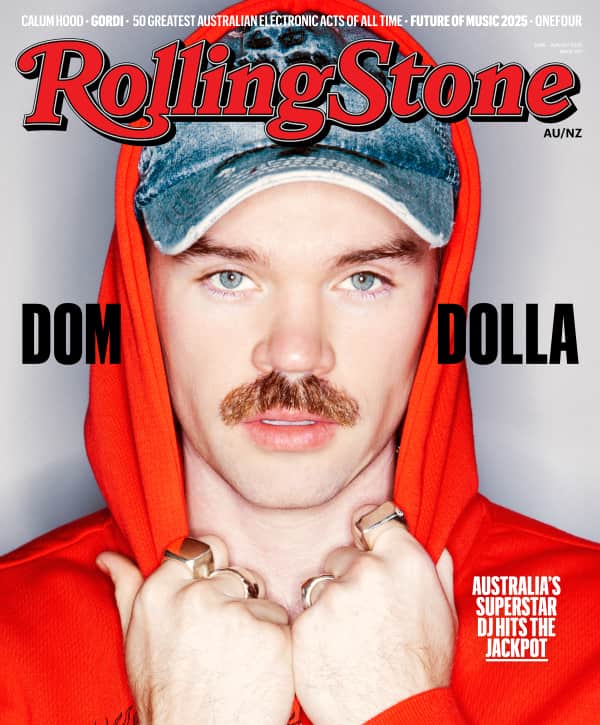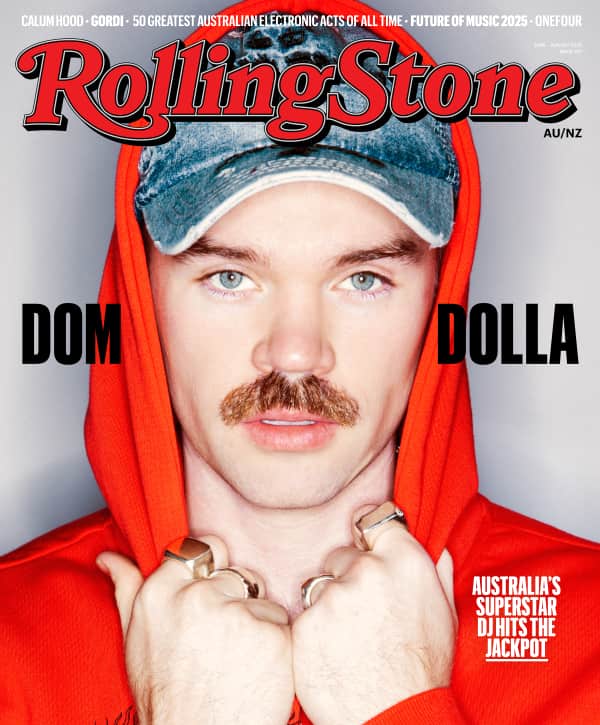The French writer Gustave Flaubert famously warned, “You mustn’t touch your idols; the gilt will come off on your hands.” The reverse is true, too. Pro wrestling legend Hulk Hogan, who died this past Thursday at the age of 71, left gold paint fingerprints all over the childhood memories of his fans.
For Gen Xers, Hulk Hogan was a fantasy, like Batman or universal healthcare. In middle age, I see him for who he always was: a messy diva desperate for applause. But for a few years, as a boy, I was a Hulkamaniac, which is the closest I’ve ever come to joining a cult. Hulk Hogan was a vibe, a flamboyant, flesh-and-blood superhero who existed behind screens and inside imaginations. Eleven-year-old me mourns him.
Hogan was a cross between He-Man and David Lee Roth. His body was muscular and oily, his long, thin hair banana-yellow. He was graceful but beer-bellied. A living leather couch.
The only handlebar mustache I had ever seen before Hogan’s was worn by a weathered ol’ redneck who fed raw chickens to hungry alligators at a reptile farm in Orlando. I thought that dude was cool, and, to my kid brain, so was Hogan.
When he spoke, he sounded like a locomotive powered by amphetamines. His trash talk was a kind of macho poetry — gibberish, really — every verse punctuated with “brother.” Hulk Hogan embodied everything America was about during the cheerfully sinister Reagan years: positivity, ass-kicking, feather boas.
Professional wrestling wasn’t just meatbags slapping meatbags. It was also a populist conversation about race, class, sexuality, and gender. The commentary isn’t particularly deep, but the eternal struggle between “faces” (good guys) and “heels” (bad guys) has always reflected the country’s political back-and-forth between in-groups and out-groups.
Wrestling was both rife with offensive racial stereotypes and oddly woke, for lack of a better word. For instance, Hulk Hogan had a Saturday morning cartoon that I watched called Hulk Hogan’s Rock ‘n Wrestling, and the assembled animated wrestlers were a diverse group of men, big and small, Black and white, Asian, Middle-Eastern, Latino, and… Scottish.
Love Music?
Get your daily dose of everything happening in Australian/New Zealand music and globally.
My favorite professional wrestling bit from the World Wrestling Federation’s Eighties heyday was Hogan’s climactic move, which I loved more than George “the Animal” Steele’s green tongue or Jake “the Snake” Roberts’ tranquilized python.
It went like this: Near the end of his big matches, Hogan would sometimes find himself on his knees, nearly defeated, as some sneering heel put the screws to him. They’d twist his arm or stomp him in the chest. But then the cheers from his fans would begin, and Hogan would tremble with energy.
He could hear us. He could hear me.
The more I screamed in my living room, the more Hulk Hogan would fill with power until he was on his feet, and now, unstoppable. It wouldn’t be long until he’d whip around and pin his opponent for the win. I felt like I was part of those victories.
I treated his famous catchphrase, a challenge to bad guys, as if it were a short prayer: “Whatcha gonna do when Hulkamania runs wild on you?” It was a legitimate question: What would they do, once the Hulk absorbed the collective life force of millions of hormonal teenage boys?
His most famous gimmick was ripping a pre-ripped yellow shirt off his body, as if it were a feat of strength. But his ability to rise from the dead was miraculous. Even now, I gently smirk at the thought of that shtick — so silly, so pure.
MY OLD MAN WOULD CHEER along with me, because make-believe is fun. He had told me, not long after Hogan’s first Wrestlemania win in 1985 — the Super Bowl of wrestling — that wrestling was staged and rehearsed. Like a school play.
I had deduced Santa wasn’t real all on my own years before, but had failed to realize Hulk Hogan wasn’t really locked in mortal combat with “Macho Man” Randy Savage. But this revelation didn’t dull my enthusiasm when, in 1987, during one of his greatest championship matches, Hulk body-slammed seven-foot-tall, 500-pound Andre the Giant, with my help. It was a magnificent showstopper that left me thrilled.
In 2005, I saw Hulk Hogan live at Madison Square Garden — for the first and only time in my life — during a rare appearance, in a match held three years after the World Wildlife Fund sued the World Wrestling Federation into changing its name to World Wrestling Entertainment. He was there to tease a future fight. When he strolled to the ring, the entire stadium, 10,000 dudes, all levitated. We screamed. We all knew this was bullshit. Hogan was an actor. Wrestling is a choreographed role-playing game.
It was right that my dad would explain the truth to me. He had worked as a pro wrestling announcer in Juarez in the early 1960s, where he met my mom, a young Latina who was dragged to the matches by her father from El Paso. Or at least, that’s the family lore.
Dad had witnessed wrestling’s various tricks of the trade up close, telling me that some of the wrestlers he worked with would hide little razor blades in their trunks and sneak a tiny cut under their hairline during a rehearsed scrum, which would trigger curtains of blood.
He taught me that a wrestling punch was usually pulled, and mistakes were often made. But it was the reason for the punch that really sold the violence to the audience. They weren’t watching the fist. Their eyes were focused on whoever was on the receiving end of the knuckle sandwich.
My dad always stressed to me that the wrestlers he worked with were tough guys who needed work, or couldn’t hold down traditional jobs. The way he described it sounded a bit like the circus, a safe space for misfits and ex-cons and other assorted brutes. The job welcomed all types, so long as you could growl, look mean, and not rage out if a piledriver went horribly wrong.
He was very clear that the dramatic machinery of professional wrestling required two characters. A face and a heel. Someone to cheer, and someone to boo.
He explained the difference this way: Heels were cheaters. They were arrogant, too. And xenophobic. The most upstanding American virtue is hard work, but heels celebrate the easy way. A good face, meanwhile, is corny, but charged with testosterone. They should love all kids, regardless of race, religion, or gender. Faces are safe.
Hogan was possibly the greatest face in all of professional wrestling, But when his face era waned, he embraced being a villain, adopting a new persona: Hollywood Hogan.
Whichever side he was on, Hogan was one of WWE impresario Vince McMahon’s biggest draws. But his fame came at a price: two dozen or so surgeries, which included knee and hip replacements, and an admitted prescription-painkiller addiction. McMahon’s beefcake empire was a well-documented sweatshop that exploited its often steroid-jacked talent, and it’s a wonder Hogan made it out alive and lived as long as he did. Wrestlers don’t typically grow old.
THE MAN I GREW UP WITH, whom I knew as Hulk Hogan, evolved over the decades, first into a reality TV star — Hogan Knows Best, where cameras followed him, wife Linda, daughter Brooke, and son Nick, ran for four seasons on VH1 in the mid-aughts — and then a right-wing lickspittle.
In between, Hogan’s attempts to portray himself as a family man sputtered. In 2009, Linda, by then his ex-wife, accused him of infidelity and physical abuse (allegations he denied) in her memoir, Wrestling the Hulk: My Life Against the Ropes.
In 2012, with the help of Silicon Valley billionaire Peter Thiel, Hogan sued the independent media site Gawker for publishing a sex tape of Hogan and the wife of his then-best friend, radio host Bubba the Love Sponge. It was a sordid affair, and Hogan’s wealthy patron saw an opportunity: A jury awarded the wrestler $140 million for invasion of privacy, and Gawker, a blog famous for speaking snarky truth to power, filed for bankruptcy.
Also uncovered in that tape, and made public three years later: Hogan using racial slurs. (He was kicked out of the WWE’s Hall of Fame for it in 2015, but then reinstated in 2018.) I had long since stopped following wrestling, but to hear him drop the n-word was heartbreaking. The Hulkster was just another small-town bigot.
Like many muscle-bound celebrities of his era, such as Sylvester Stallone, who cast him in a small role in 1982’s Rocky III, Hogan morphed from an All-American crowd pleaser to a MAGA devotee. During the 2024 presidential election, he threw his support behind President Trump — a fellow WWE Hall of Famer as a longtime supporter of the sham sport and a politician who wears war paint and delights in bullying, much like any standard-issue wrestling baddie. Rather than summon the Hulkster’s charms, he seemed content to perform for Fox News and its aging audience of faithful goons.
At the 2024 Republican National Convention in Milwaukee, Hogan attempted to resurrect his wrestling persona to appease a sea of devoted Trump supporters who were not there to cheer for him. It was a Faustian performance: a man selling his soul for cheap in exchange for a few minutes of “remember when” that anyone under the age of 45 never experienced in the first place.
He praised Trump, whom he said he’s known for 35 years. Called him a “real American hero” and one of the “baddest dudes on the planet.” Hogan seemed in good spirits. He played the hits. Ripped his tank top off. Underneath: a Trump-Vance T-shirt. And his big finish was sacrilege: “Whatcha gonna do when Donald Trump and all the Trumpamaniacs run wild on you, brother?!”
This was yet another nail in the coffin of his legacy. His years as a world-famous and universally beloved wrestler were now long gone, and in their place was an obsequious bronzer-dipped weasel.
In his final appearance as Hulk, during the Netflix premiere of WWE Monday Night Raw this past January, Hogan was booed by the crowd. On social media, news of his death was met with apathy and derision by younger people who never knew him as a champion, only as a right-wing punchline.
Hulk Hogan was born Terry Gene Bollea in Georgia and grew up in Florida. His wrestling career began in the 1970s, just as pro wrestling was shifting from a regional sideshow to a national television spectacle.
I adored Hogan, but I’ve had to come to terms with an incontrovertible truth: Your childhood heroes were just people all along. And some of them are, and always were, the opposite of who you wanted them to be.
Terry Bollea is dead.
Hulk Hogan will live on, at least in my heart.
From Rolling Stone US



































